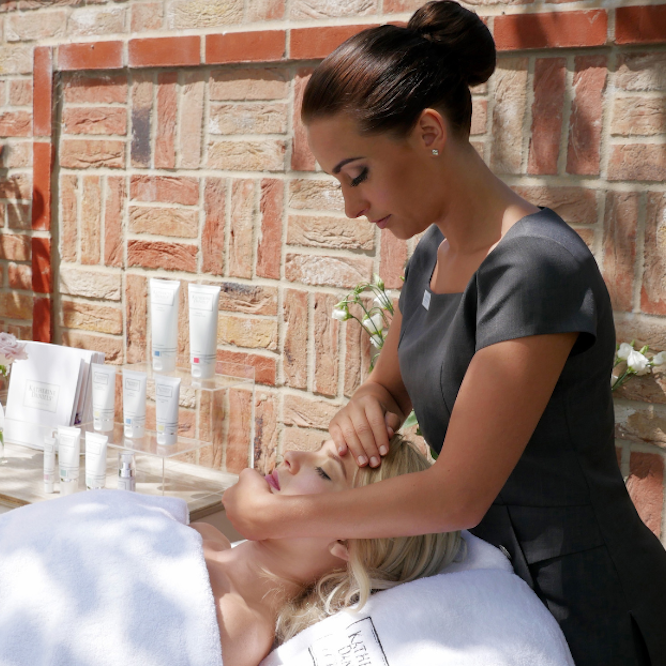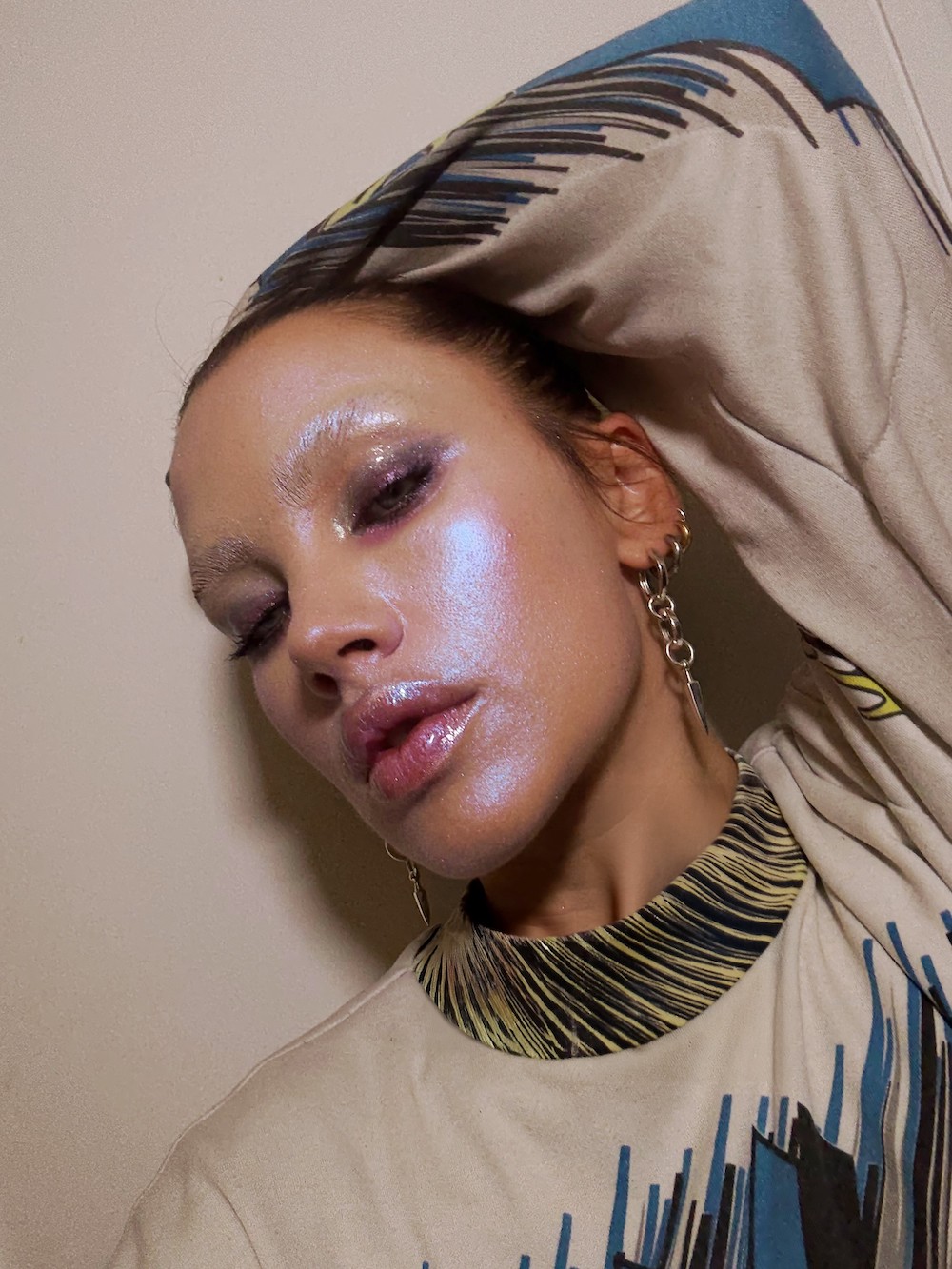Skin cycling is a skincare trend popularised on TikTok that involves rotating products over several nights to improve results and reduce irritation. Dermatologists say it can help balance actives like retinol and acids while supporting skin recovery.
To find out more about skin cycling – and whether it deserves a place in your client's routines – we caught up with skincare experts to get the lowdown.
What is skin cycling, and do dermatologists recommend it?
“Skin cycling is a rotational skincare routine that alternates between applying active ingredients one night and then allowing the skin to recover and rest the next,” explains Dr Derrick Phillips, London-based dermatologist that offers a range of services, from medical and cosmetic dermatology to laser and light-based treatments.
As with many TiKTok trends, the concept of skin cycling is not entirely new. “Even though this routine has now a viral name, it is what we always recommend our clients to do, especially if they are just beginners to skincare actives or have no particular skin concerns that need ongoing treatment,” says Cigdem Kemal Yilmaz, chemical engineer and founder of Skin Masterclass.
How does skin cycling work?
“It’s also important to note that skin cycling is the name of the technique given to the 'way of application'. This means there isn't a skincare product that your client needs to purposefully buy in addition to what they already have,” explains Yilmaz.
As a result, there is no definitive answer to the question 'how long does it take for skin cycling to work', because this will all depend on your client's skin type and the products they are using in their routine.
“The reason skin cycling is becoming more popular is due its design to improve the efficacy of active ingredients and to help minimise any irritation by cycling through active and inactive products," adds Dr Phillips.
What are the benefits of skin cycling?
For those beginning to take skincare a bit more seriously, skin cycling is the perfect way to begin building a routine.
“Skin cycling is a really simple way for a consumer to use active ingredients like salicylic acid, glycolic acid or even retinol in a clear way which could ensure beneficial use without the confusion and the potential sensitisation that may be caused by overuse,” explains Jon-Paul Hoy, owner of Skinlogic Expert, a Coventry-based clinic specialising in skincare and aesthetic treatments.
“If someone is unsure of how to use these active skincare options, then skin cycling could be a great option as it could keep the steps separated and slightly more understandable for daily use.”
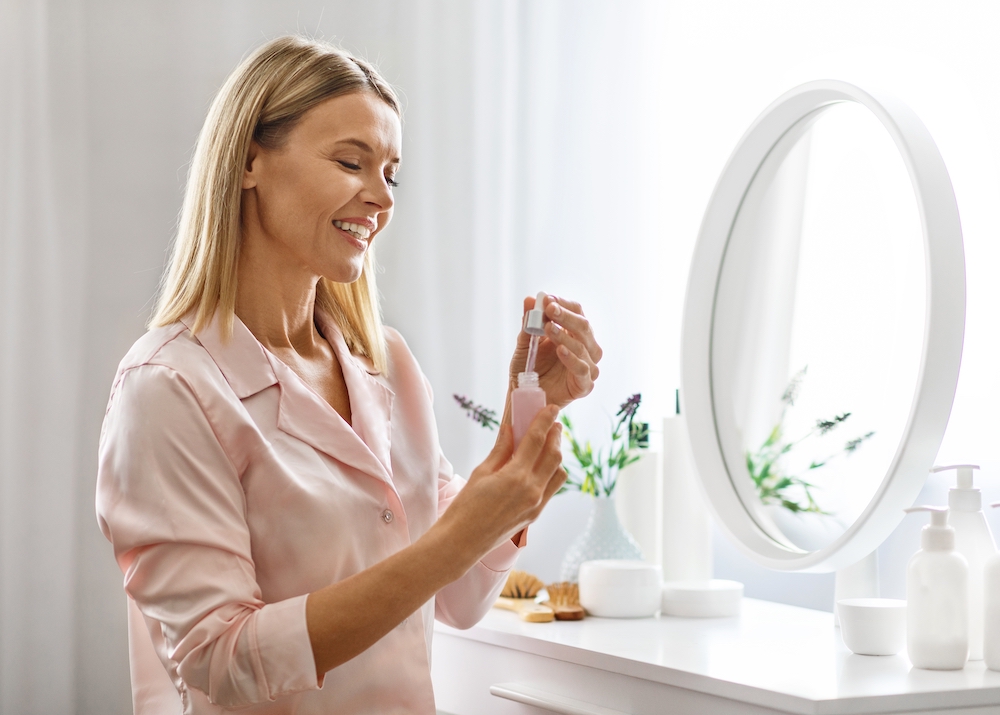
The recovery days provided by skin cycling are essential for giving the skin time to repair and can also help to indicate any sensitivity caused by products and ingredients reacting to the skin differently to how they should.
“This type of routine works by allowing a better tolerance and compliance with the use of ingredients that are known to be strong; especially when they are made to powerfully improve the appearance of skin concerns, we face and the function of the skin over time,” adds Dr Phillips.
“The recovery days in between allows the skin to repair itself from some of the side effects known to take place from these actives, such as: redness, peeling and burning.”
Does one routine work for everyone?
We already know there is no one-size-fits-all solution when it comes to skin health, but the beauty of skin cycling is how adaptable it can be to individual needs.
“Skin cycling can benefit most skin types when the correct products are chosen. It may not be suitable for all of them though, such as highly sensitive skins that cannot tolerate retinoids,” says Dr Phillips.
As with all changes to skin routines, it’s important that your clients consult you before adding in actives, especially if they have active concerns such as acne and scarring.
“When I am forming my skincare routines to my clients, I generally suggest the cycle of one night acid serum, one night retinoid serum and one night for recovery,” shares Yilmaz.
“If the client can tolerate the acids and retinoids on alternating nights without any skin sensitisation, you can recommend them not to take a break in between, and ensure they are adding a ceramide and peptide, and an emollient-rich moisturiser on top of their serums.”
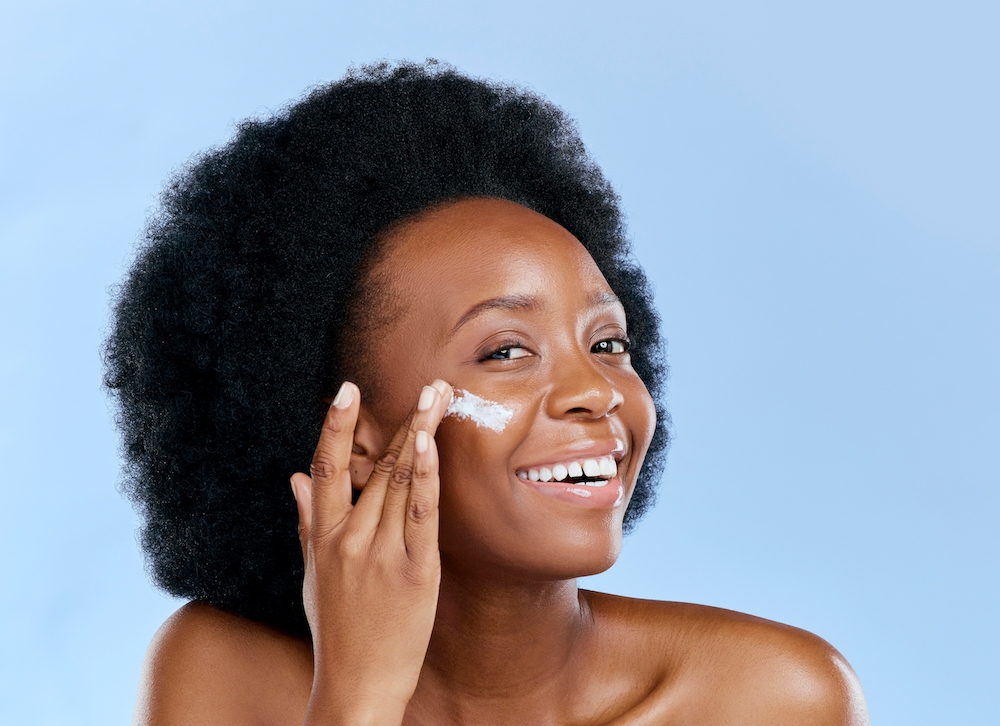
Dr Phillips agrees that your clients should speak to you before adopting this routine, sharing that “Your client can adjust based on their skin needs and skin type. For example, if they suffer from rosacea, they may benefit from doing it for five nights, and if they have oily or acne-prone skin, they might benefit from doing it only for three nights.
“It can all depend on their skin type, and this is where speaking to you comes into play.”
How can you educate clients on skin cycling?
Educating your clients is important, especially if they’re using retinols and other strong active ingredients. “Listening to clients is the most critical part. Knowing what their morning routine is, and understanding their habits and preferences is key,” says Hoy.
“Sharing skincare knowledge is a fundamental way to empower clients. Skin cycling could appeal to many due to the simplicity of keeping active ingredients to certain days and then skin recovery on others.”
The opportunities to educate clients go beyond the treatment room, with Hoy adding, “The information can be shared in many ways, depending on the therapist's knowledge or salon space, such as event evenings to play and learn, creating a daily social media post with a simple message, communication through active conversations, and having a key product focus daily or weekly.”
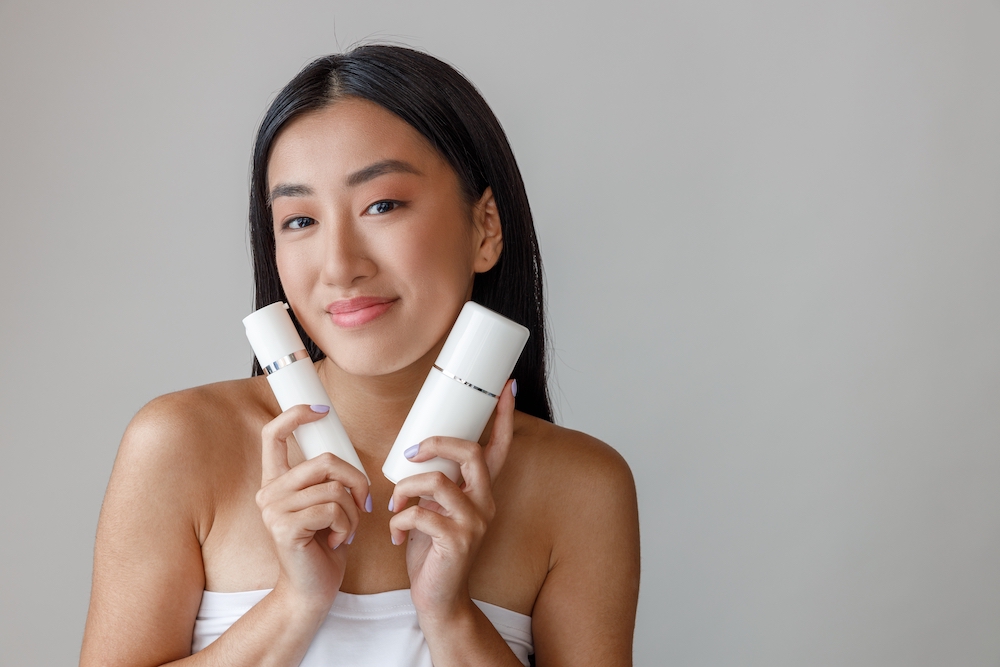
With skin cycling, the most important thing to educate clients about is which ingredients should be used together, and, more importantly, which shouldn’t, as Dr Phillips shares:
Skincare ingredient combinations to avoid
- Vitamin C and AHAs
- Vitamin C and retinol
- Retinol, AHAs and benzoyl peroxide
- AHAs and niacinamide
Skincare ingredient combinations to recommend
- Retinol and glycerin
- Retinol and hyaluronic acid
- Vitamin C and vitamin E
- Vitamin C and folic acid
Key takeaways
-
Skin cycling is a rotating skincare routine using actives on some nights and rest on others
-
It can help reduce irritation while maintaining efficacy
-
Skin cycling is ideal for beginners or clients learning to use retinol and acids
-
As a professional, you can help your client customise their skin cycling routine based on skin type and tolerance
Did you know that menstrual phases can also influence skin cycling? Find out more here.



